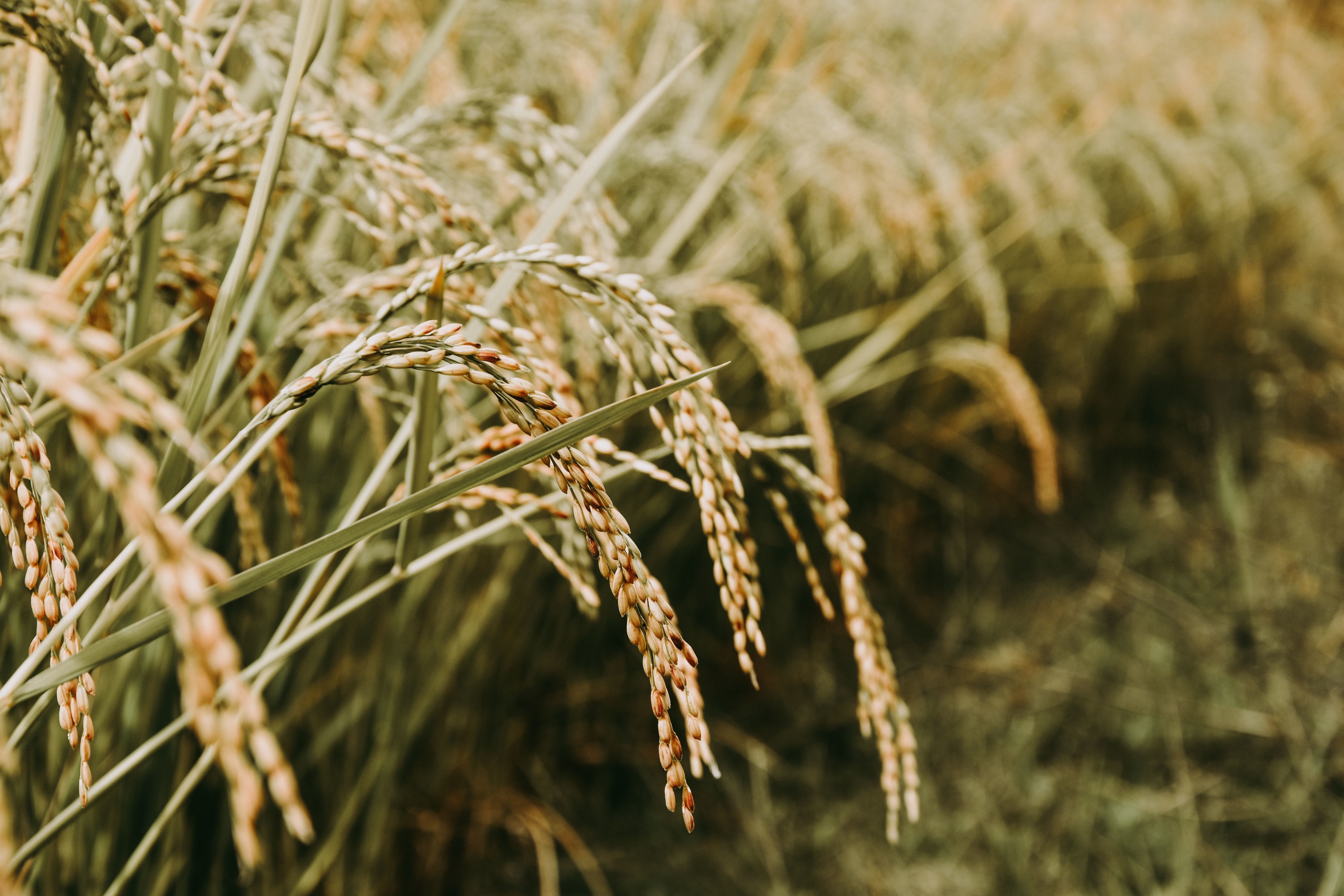Farmers are calling on the Philippine government to take immediate steps to protect the country’s agricultural sector from the impact of the United States’ planned 17 percent tariff on Philippine goods.
The Federation of Free Farmers (FFF) warned that even though the Philippines faces the second-lowest rate among affected US trade partners, the increased tariff could still hurt local agriculture by raising the cost of exports and reducing competitiveness in the US market.
Despite the warning, Agriculture Secretary Francisco Tiu Laurel Jr. dismissed the concern, saying the FFF’s analysis was flawed and politically motivated. “It is a campaign period. They want to be relevant,” he said.
The Department of Agriculture is currently assessing the implications of the tariff, which is part of a broader move by the Trump administration.
FFF board chairman Leonardo Montemayor emphasized that even if rival products are more expensive, the 17 percent hike would make Philippine goods less attractive to US consumers, who might opt for cheaper alternatives.
Montemayor, a former agriculture secretary, also noted that other countries could support their farmers to offset the tariff impact, something the Philippines has historically struggled to do.
The group also raised concerns about a potential influx of cheap agricultural products into the Philippines.
Countries that can no longer sell to the US may dump their excess products in alternative markets, including the Philippines. US producers affected by retaliatory tariffs may do the same.
“Our farmers could ultimately be the ones paying the price for Trump’s trade policies,” Montemayor warned, highlighting the coconut industry as particularly vulnerable, especially if demand for products like coconut oil drops in the US, potentially depressing local copra prices.
The FFF urged the government to boost productivity and cost competitiveness in the agricultural sector to ensure long-term growth and resilience.
“If we fail to prepare now and the US eventually reverses these tariffs, we’ll still be left behind,” Montemayor added.
Samahang Industriya ng Agrikultura (SINAG) said it’s still monitoring how the tariffs might affect the sector but emphasized that the broader impact on global supply chains could lead to increased input costs like animal feeds and fertilizers.
SINAG executive director Jayson Cainglet acknowledged the protective nature of tariffs, saying they can support domestic industries by making imports less attractive, allowing local producers to grow and eventually compete globally.
Meanwhile, in Congress, House Assistant Majority Leader and Tingog Party-list Rep. Jude Acidre downplayed the immediate threat of the US tariffs. He pointed out that other economic indicators—such as foreign investments and overseas Filipino workers—remain stable and unaffected.
“Right now, we’re in a wait-and-see mode,” Acidre said. “This situation highlights the importance of building a more resilient economy.”
According to the Philippine Statistics Authority (PSA), the Philippines had a $1.95 billion agricultural trade deficit with the US in 2024. While it exported $1.37 billion worth of goods, it imported $3.32 billion from the US.
The US remained a major destination for Philippine farm exports, accounting for nearly 18 percent of the country’s total agricultural exports, including vegetable oils, fruits and nuts, seafood, and cereal preparations.
Despite the growth in agricultural trade—which expanded nearly 12 percent to $27.22 billion—the Philippines remained a net food importer, with the agricultural trade deficit widening to $11.71 billion in 2024.
#WeTakeAStand #OpinYon #OpinYonNews #PSA #SINAG
